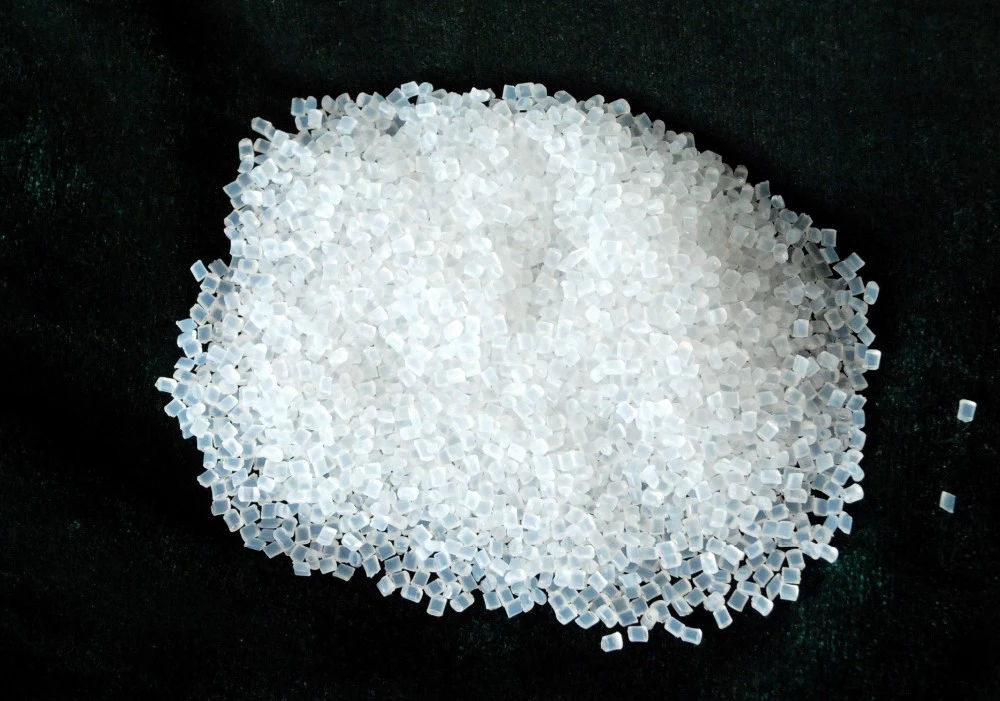High Density Polyethylene (HDPE)
|
IUPAC Name |
: Polyethene |
|
Cas Number |
: 9002-88-4 |
|
HS Code |
: 390110 |
|
Formula |
: (C2H4)n |
Basic Info
|
Appearance Name |
: Translucent & waxy |
|
Common Names |
: Polythene, PEHD, HDP |
|
Packaging |
: 25 Kg Bag |


---china.webp)

.webp)
.webp)
 English
English
 Indonesian
Indonesian
 简体字
简体字
 العربية
العربية
 Español
Español
 Français
Français
 Português
Português
 日本語
日本語
 한국어
한국어
 Tiếng Việt
Tiếng Việt
